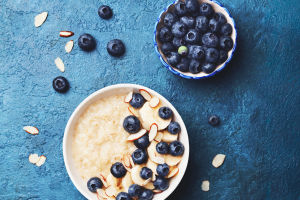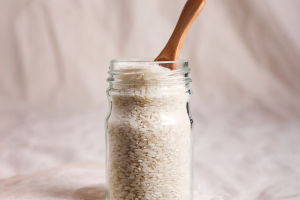Some people can't start their day without a warm cup of pour-over. Others swear by the smooth chill of cold brew. But which method of brewing truly suits your lifestyle, taste preferences, and caffeine needs?
Instead of listing all the pros and cons, let's dive deeper into the real differences—flavor chemistry, brewing science, and how each fits into your daily routine.
Flavor: Bright vs. Smooth
If your palate leans toward lively, complex, and citrusy notes, pour-over coffee may feel like a daily treat. Because it uses hot water and a shorter extraction time, pour-over methods (like V60 or Chemex) highlight the acidity and delicate floral flavors of the beans. This is especially true for single-origin light roasts.
In contrast, cold brew emphasizes low acidity, chocolatey, and mellow flavors. Its 12-24 hour steeping process in cold water brings out the natural sweetness of coffee while muting acidity and bitterness. It's more forgiving with dark roasts and often feels like a smoother ride for your taste buds.
So if you enjoy crisp apple-like brightness, go pour-over. If you crave a velvety sip with notes of cocoa and nuts, cold brew might be your match. According to coffee expert James Hoffmann, "Pour-over allows for a nuanced flavor profile with a clean cup and bright acidity, while cold brew emphasizes sweetness and smoothness, making each method uniquely suited for different preferences and occasions."
Caffeine Content: Slow Release vs. Big Hit
Here's a surprise: cold brew generally packs more caffeine per cup than pour-over, not because the beans are stronger, but because of the long brewing time and high bean-to-water ratio.
But caffeine absorption depends on more than the total content. Because pour-over is hot, it's often consumed faster, giving a quicker jolt. Cold brew, on the other hand, is usually sipped over a longer period—offering a more gradual energy release.
If you want a punchy boost in the morning, pour-over gets the job done. If you prefer a slow, steady focus throughout the day, cold brew might be the better partner.
Brewing Time: Quick Ritual or Overnight Prep
Time is a huge factor in choosing your coffee style.
1. Pour-over: 3–5 minutes of active brewing
It requires attention—precise pouring, timing, and often a scale. But for many coffee lovers, this is a therapeutic ritual.
2. Cold brew: 12–24 hours of passive brewing
No need to hover; just let the grounds sit in cold water in the fridge overnight. The downside? If you forget to prep, you're out of luck the next morning.
If you enjoy a mindful start to your day, pour-over brings intention. If you're all about batch brewing and grabbing a cup without thinking, cold brew fits a busier lifestyle.
Health Considerations: Acidity and Stomach Sensitivity
Got a sensitive stomach or acid reflux? This might be the deciding factor.
Cold brew is significantly lower in acidity. Because it's made with cold water, it doesn't extract as many of the acidic compounds that hot water does. For those who experience discomfort after drinking regular coffee, switching to cold brew can often help.
That said, pour-over still beats many other methods (like espresso or French press) in terms of clarity and cleanliness. Using a paper filter removes oils and tiny particles, resulting in a cleaner cup that some believe is better for cholesterol levels.
Versatility and Use Cases
Pour-over shines when you want to explore the nuances of different beans. It's also a favorite among coffee purists and those who enjoy a warm cup to start the day.
Cold brew is more versatile in the long run. You can:
1. Drink it cold, hot, or over ice
2. Use it in coffee blends
3. Mix it with milk, cream, or plant-based alternatives
4. Store it for up to a week in the fridge
This makes cold brew the go-to for people who want a ready-made coffee base for multiple uses.
What About Cost and Gear?
Both methods are affordable, but your initial setup might differ.
Pour-over requires:
• A dripper (like V60)
• Filters
• A kettle (preferably gooseneck)
• A scale and timer (optional but helpful)
Cold brew needs only:
• A large jar or pitcher
• Coffee grounds
• A fine strainer or cold brew-specific filter
In the long term, both are cost-effective compared to buying from cafes, but cold brew lets you make large batches, which saves time.
So, Which Is Better for You?
There's no universal winner—just what suits your lifestyle better.
Choose pour-over if you:
1. Love bright, complex flavors
2. Enjoy a mindful morning routine
3. Want to taste the true origin of your beans
Choose cold brew if you:
1. Prefer smooth, low-acid coffee
2. Need convenience and batch brewing
3. Have a sensitive stomach or want a caffeine supply that lasts all day
Final Sip
Coffee is more than a beverage—it's a daily ritual, a flavor experience, and a personal choice. So, next time you stand at your kitchen counter wondering what to brew, ask yourself: "Do I want something slow and thoughtful, or cold and convenient?"
What's your go-to coffee method, and why? Let me know your favorite way to enjoy your daily cup—I'd love to hear it.

